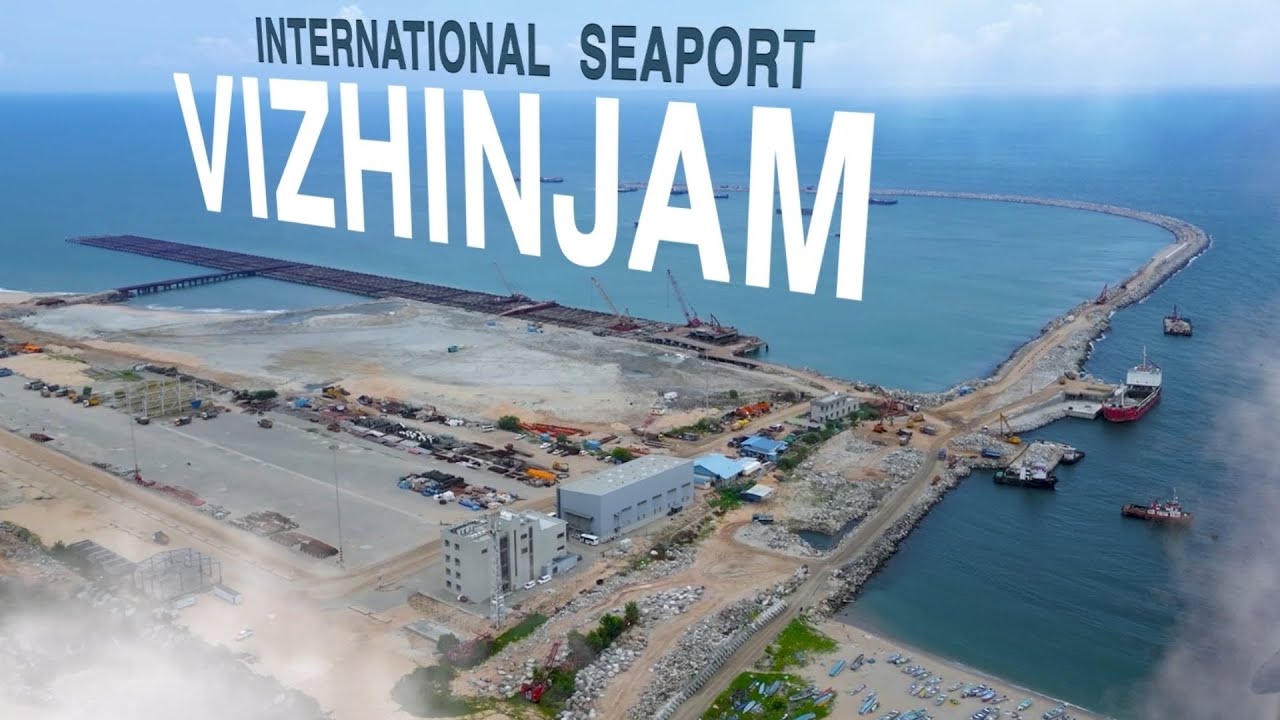Context:
Prime Minister Narendra Modi recently inaugurated the Vizhinjam International Seaport in Kerala. Touted as India’s first deepwater container transshipment port, Vizhinjam marks a pivotal milestone in positioning the southern coastal state on the global maritime map.
Strategic Importance of Vizhinjam Port
· Located in Vizhinjam, a coastal town in the Thiruvananthapuram District of Kerala, the port’s geographic location is one of its greatest strengths.
· Just 10 nautical miles from the critical east-west international shipping route connecting Europe, the Persian Gulf, and East Asia, Vizhinjam offers unmatched access to one of the busiest maritime corridors in the world.
· This makes it a vital link in reducing India’s dependency on foreign ports for cargo transhipment and strengthening its role in global trade.
About Development Model
The Vizhinjam port has been developed under the Landlord Model through a Public-Private Partnership (PPP). It follows the Design, Build, Finance, Operate, and Transfer (DBFOT) framework.
The Adani Vizhinjam Ports Private Ltd., a wholly owned subsidiary of Adani Ports and Special Economic Zone Ltd. (APSEZ), is spearheading the project in partnership with the Kerala government. This collaboration highlights the growing role of private sector participation in transforming India’s infrastructure, especially in states governed by ideologically different political regimes.
Key Features of the Port
- Dedicated Container Transhipment: The primary focus of the port is to facilitate container transhipment, thereby reducing India’s reliance on international ports like Colombo and Singapore.
- Green Energy Hub: The port is envisioned to become a global bunkering hub, offering clean fuels such as hydrogen and ammonia, aligning with India’s goals for sustainable development and green energy leadership.
- High-Volume Capacity: Once completed, the port will feature approximately 30 berths, most of which will be capable of accommodating Mother Vessels — the largest category of cargo ships operating globally.
- Deep Draft Facility: The natural deep draft of nearly 20 metres allows for seamless docking of ultra-large container vessels, making it one of the few ports in India with such a feature.
Implications of the port:
The port is expected to drastically reduce the 75% of transhipment operations currently handled outside the country, translating into significant revenue retention and increased national economic resilience.
- The project is also a major boost for Kerala’s economy, generating thousands of direct and indirect jobs and fostering ancillary industries such as logistics, ship repair, and maritime services.
- With two Indian ports now ranked among the world’s top 30 and India climbing the Logistics Performance Index, the commissioning of Vizhinjam port signals the country’s readiness to lead in 21st-century trade and maritime innovation.







